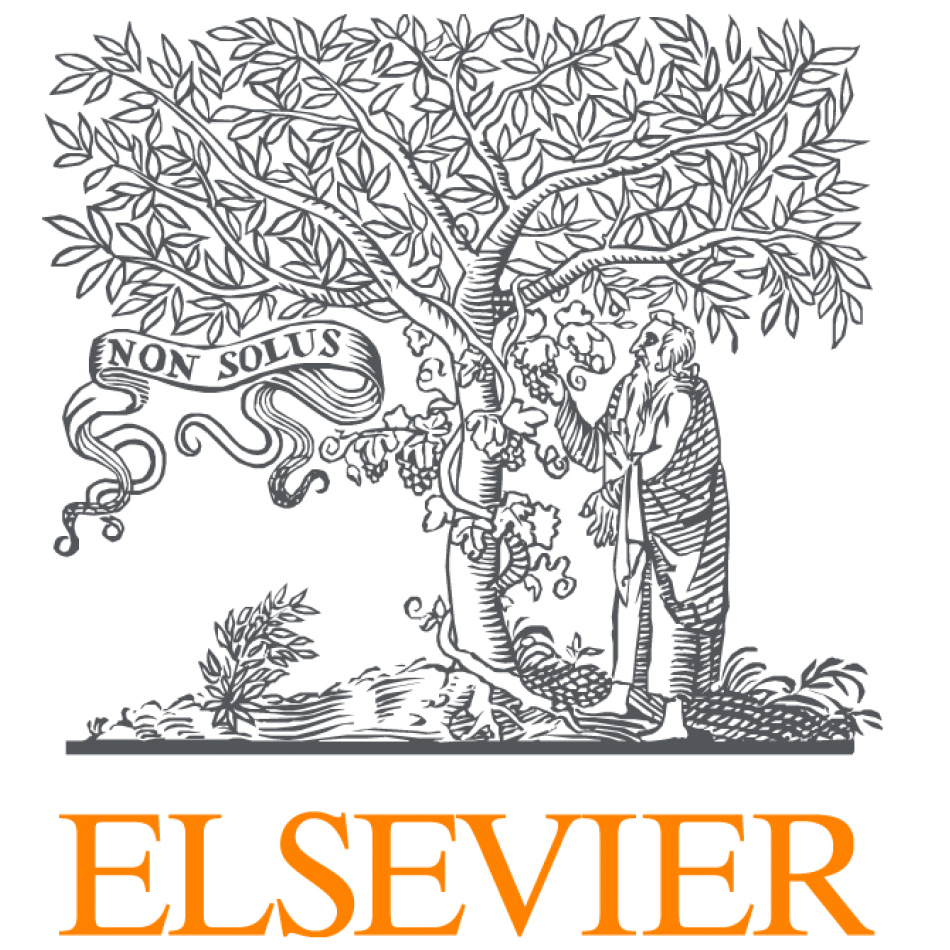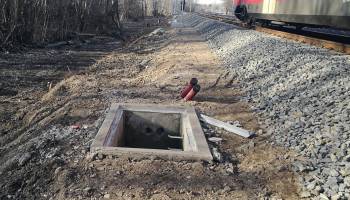Fiber-reinforced concrete (FRC) is a composite material in which fibers enhance post-cracking behavior by increasing residual strength. While standardized small-scale beam tests (e.g., EN 14651) with a 125 × 150 mm cross-section are widely used to determine material parameters, they often produce highly variable results due to the random distribution and orientation of fibers within the relatively small fracture surface. This limited size is a primary factor contributing to high scatter in test outcomes, which compromises the reliability and economy of FRC structural design.
This study introduces a novel analytical mixing model that predicts the number and distribution of fibers intersecting the fracture surface based on fiber dosage, geometry, and aggregate characteristics. The model quantifies fiber clustering and spatial variability, introducing the concept of fiber-moment to capture the mechanical influence of fiber location within the cracked section. Analytical predictions are validated using laboratory tests with both steel and synthetic macrofibers.
The paper proposes an improved evaluation method for FRC beam tests, enabling more accurate determination of characteristic material parameters by accounting for actual fiber distribution. This approach reduces variability in residual strength assessment and enhances the reliability of design values without altering the standardized test procedure.



